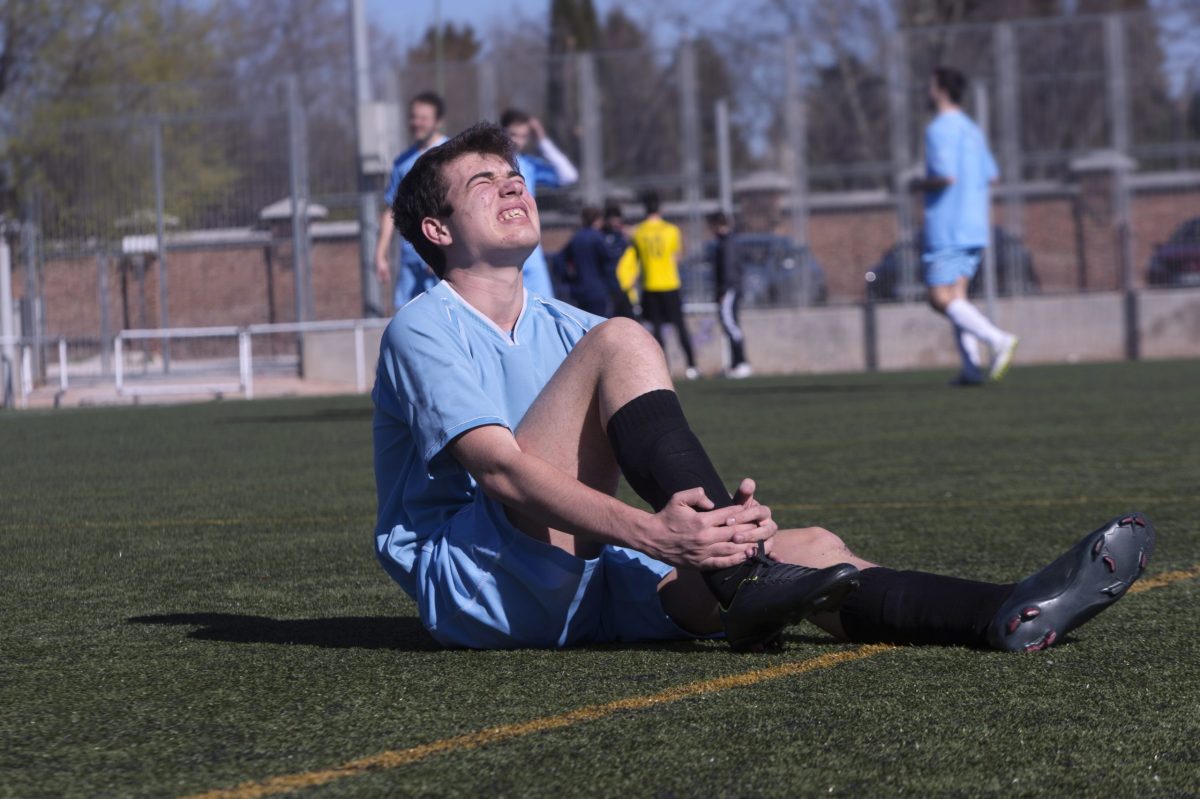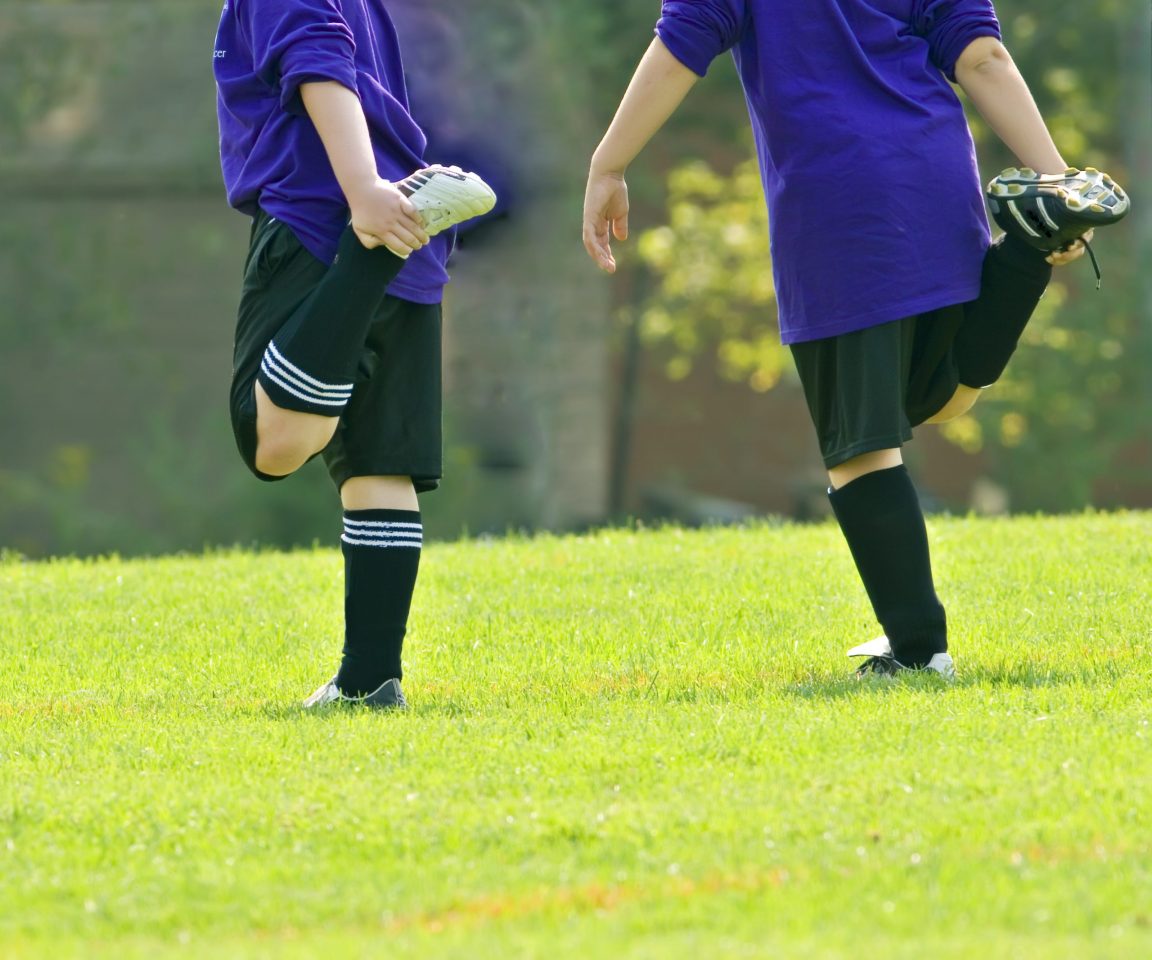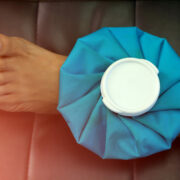
Some of the Worst Soccer Injuries and How to Prevent Them
If you are a parent of a young soccer player, you may be aware that injury often “comes with the territory.” According to research, 144,895 soccer-related hospital emergency room visits were reported in 2021. As for non-emergency related injuries, many parents have visited a health provider for a child’s soccer-oriented sprain, strain, or fracture. Knowing the most common soccer injuries may just help prevent those unexpected visits to the doctor!
While any type of injury can be scary and frustrating for both soccer player and parent, EmergeOrtho—Triangle Region has everything needed —from trauma care to sports medicine treatment and physical therapy— in a convenient location.
Our specialty-trained sports medicine physicians and physical therapists have access to innovative technologies and approaches to help ensure your child’s return to their regular activities—especially soccer— as quickly and safely as possible.
Five of the Most Common Soccer Injuries Parents Need to Know
Although many people tend to think of soccer as a predominantly European sport, it is one of the most popular high school and collegiate sports in the United States.

According to the National Federation of State High School Associations (NFHS), in a single academic year, 459,077 boys and 394,105 girls played high school soccer. In the same academic year, the National Collegiate Athletic Association (NCAA) reported 23,602 males and 26,358 females played collegiate soccer.
It is no wonder, provided the number of soccer players in the U.S., that orthopedic doctors see their fair share of soccer injuries.
Take a look at the five most common soccer injuries seen by our EmergeOrtho—Triangle Region Sports Medicine specialists:
- Knee and Ankle Ligament Sprains
An unexpected fall, collision, or twist during soccer practice or game often results in one of the most common soccer-related injuries: A sprain. Since a sprain is the result of the overstretching or tearing of a major ligament, soccer players often experience sprains of the ankles and knees (commonly the Anterior Cruciate Ligament).
Knee cartilage injuries and Anterior Cruciate Ligament (ACL) tears often require surgery. Most other sprains of the knee and ankle can be successfully treated with the aid of conservative treatments (activity restriction, physical therapy, and assistive devices).
- Muscle and Tendon Strains
Whereas a sprain affects the ligaments, a strain involves the injury of a muscle or tendon. Soccer players are especially prone to groin, thigh, and calf muscle strains. While sharing similar symptoms to a sprain, a strain also often shares the same treatment protocols as a sprain. Often, orthopedic specialists will recommend the RICE (rest, ice, compression, and elevation) to treat sprains and strains.
- Fractures
Young athletes are particularly susceptible to ankle injuries, especially when playing high-impact sports like soccer. An awkward roll, twist, or blow to the ankle may result in ankle fractures. Treatment options for fractures vary, based on the type, location, and severity of the injury. Many fractures can heal with the aid of a cast, boot, or other types of assisted devices.
- Achilles Tendonitis
Soccer players are often subjected to overuse injuries. Achilles tendonitis is a prime example of injury caused by repetitive action. It results from inflammation and irritation of the Achilles tendon located in the back of the calf, extending to the heel bone.
Activity modification, combined with certain stretches and the RICE method are often suggested treatment methods for Achilles tendonitis. Surgical intervention may be required in the event of a ruptured Achilles tendon.
- Shin Splints
When the outer lining of the shin bone (tibia) becomes inflamed, the outcome is medial tibial stress syndrome, more commonly referred to as “shin splints.” The RICE method combined with physical therapy can help soccer players alleviate painful symptoms and heal effectively.
Preventative Tips to Protect Against Common Soccer Injuries
Studies have shown that one of the best ways to reduce some of the worst soccer injuries is to seek the aid of a Sports Medicine expert or athletic trainer. At EmergeOrtho—Triangle Region, we provide both services!
In fact, Our Sports Medicine Team partners with several local North Carolina high schools and colleges, which includes, but not limited to Durham Bulls, Campbell University, and the Holly Springs Salamanders.
Parents can also help your children prevent soccer injuries by arming your child with the following tips:
- Warm Up and Cool Down
Warming up with a low-impact exercise such as walking in place for three to five minutes, can help loosen the muscles and prepare for more rigorous physicality on the soccer field. Similarly, stretching after practice can help keep muscles long and limber, while reducing soreness.
- Keep Fit
Encouraging your child to maintain a fitness regimen, even when soccer season is over. This will help ensure that the body maintains “muscle memory,” and remains ready for action when the next season rolls around.
- Wear the Right Gear
Soccer players should always, always, wear the right kind of protective gear! The proper kinds of shoes, shin guards, and other equipment can significantly reduce common soccer injuries.
- Be Prepared
In addition to ensuring the right kind of soccer gear is in place on the player and field, it is important for athletes to be properly prepared for a practice/game. This means bringing a water bottle to keep hydrated and even having a first aid kit on hand in the event of abrasion or scuff.
- Consult with Experts
Again, one of the best things you can do to ensure the safety of your child on and off the field is to consult with a sports medicine specialist. Sports medicine doctors and athletic trainers can provide you with customizable preventative strategies, exercises, and tips to help prevent injuries.
If you would like to learn more about the most common soccer injuries, and how EmergeOrtho—Triangle Region can help you and your child remain safe during the soccer season, schedule a visit or call us any time at (919) 220-5255.







